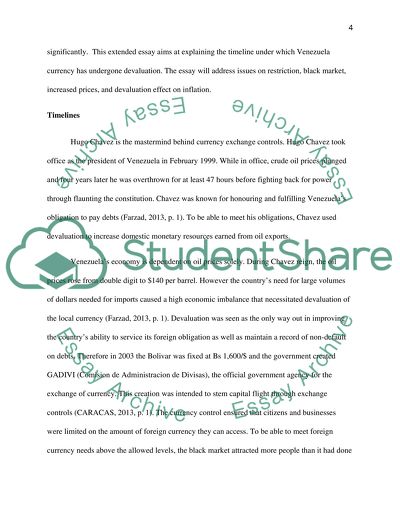Cite this document
(“Extended essay on The Saga of Venezuelan Bolivar Fuerte”, n.d.)
Retrieved de https://studentshare.org/finance-accounting/1669303-extended-essay-on-the-saga-of-venezuelan-bolivar-fuerte
Retrieved de https://studentshare.org/finance-accounting/1669303-extended-essay-on-the-saga-of-venezuelan-bolivar-fuerte
(Extended Essay on The Saga of Venezuelan Bolivar Fuerte)
https://studentshare.org/finance-accounting/1669303-extended-essay-on-the-saga-of-venezuelan-bolivar-fuerte.
https://studentshare.org/finance-accounting/1669303-extended-essay-on-the-saga-of-venezuelan-bolivar-fuerte.
“Extended Essay on The Saga of Venezuelan Bolivar Fuerte”, n.d. https://studentshare.org/finance-accounting/1669303-extended-essay-on-the-saga-of-venezuelan-bolivar-fuerte.


